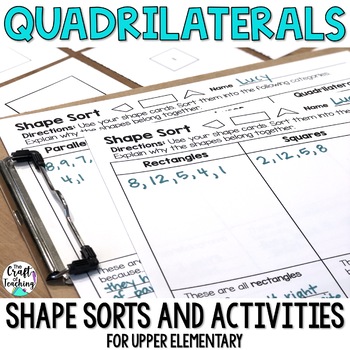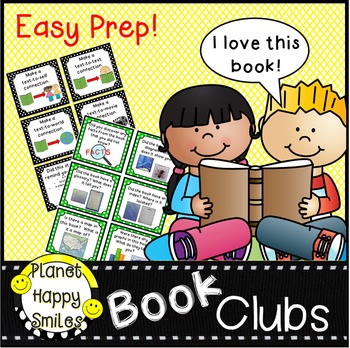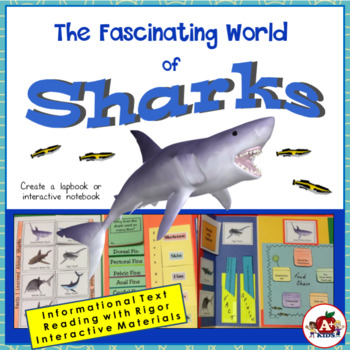Welcome to our book study of The Reading Strategies Book: Your Everything Guide to Developing Skilled Readers by Jennifer Serravallo! I am joining forces with some other fabulous teacher bloggers to discuss the reading strategies we come across in this AMAZING professional text! If you missed my first post about this book study, you can find it here, along with a suggested way to set up your book for easy reference.
You can also find my thoughts and ideas on other goals in this book below:
Goal 1: Supporting Pre-Emergent and Emergent Readers
Research has shown that the amount of time students spend actually reading makes the biggest difference to their success as readers. That is why most teachers provide at least some time for independent reading during the school day. But, what do we do when students are not engaged readers?? This goal is for those students.
Serravallo uses several tools for figuring out which students need support with engagement:
* Engagement Inventory (basically a kid watching tool). When you use one of these, you spend time carefully observing your students. You note what you observe during an entire independent reading period. Your looking for things such as when students react to the text they are reading, when they become disengaged, and if they finish one book before looking for another one.
I often use this at the beginning of the year when I am just getting to know my students. It helps me know which kiddos already LOVE reading and which ones need a little more help in finding the right books to hook them in. I also will periodically use them to check in and look for growth and also potential problems that may arise throughout the year. Sometimes a once voracious reader will have difficulty choosing new books to read, and I want to know when that happens so I can help them find their next favorite book.
You can download one here.
* Book Logs - Now I know that there is a bit of a controversy when it comes to book logs. I agree with the way that Jennifer Serravallo uses them. I don't believe in punishing a child for not completing their book log or adding an unnecessary extra step in the reading process, but I think when they are used as a tool BY the child they can be invaluable!
When you conference with a student, you can help them find patterns in their reading. Where are they when they read the most (school or home)? What types of books do they love reading?
I also love using them to show the student their growth as a reader. You can point out to them how at the beginning of the year they could only read for 10 minutes at a time, but now they can read for 20 minutes. Or perhaps they were reading only non-fiction books, but now they have a mix of both fiction and non-fiction.
You can download Serravallo's Reading Log for Levels D-I here
You can download her Reading Log for Levels J-M here
She also has one for Levels L and above here.
* Interest Inventories

Here is a free interest survey that I have my students complete at the beginning of the year for just this purpose!
You can find Serravallo's K-2 interest inventory here.
You can find Serravallo's 3-6 interest inventory here.
Focus Strategy 1: A Perfect Reading Spot
I use this strategy as one of my back to school lessons. During independent reading, I let my students sit wherever they feel most comfortable reading. This is a great lesson for helping students think about where they will be most successful.
In this strategy, Serravallo recommends talking with the students about choosing the best spot to read. Different people work best in different environments. Ask the students to think about that spots work best for them.
When I initially use this lesson with my students, I show them a large anchor chart similar to the one in the book as we have this discussion. Once we finish the mini-lesson, I ask them to put a sticky note (small post-it) with their name on the spot that works best for them. They would then go to that spot and begin reading.
This is my re-creation of the anchor chart in the book for this strategy. I would use this smaller chart as a re-teaching piece if I had a student who was often distracted where they were choosing to sit.
Focus Strategy 2: Set a Timed Goal
This strategy is a great one to use with students who are building their reading stamina. You tell them that one way to increase the amount of time they read is by setting a goal for themselves. For example, if a student was only able to read for 4 minutes when you conducted the engagement inventory, you might work with them to set a goal to read for 5 minutes. You would have them set a timer for 5 minutes. When their timer goes off, they may stand up and stretch for a minute, and then they go back to another session of reading.
I love that this is a tangible way for the student to see their growth. Another way that I have implemented this is by having the student place a sticky note in their book with the goal to get to that spot in the book before they stop reading.
Focus Strategy 3: Choose Like Books For a Best Fit
Sometimes students find it challenging to pick a book that they want to read. This strategy gives them a way find a new book by using websites such as: Amazon, Goodreads, or BiblioNasium. You have the student type in a book that they have already read and loved, and they see what recommendations pop up.
I absolutely love the tech and real world aspects of this strategy. Adults do this all the time!
Remember, we are only picking and choosing some of the strategies to share with you - there are so many more great ones in this section as well as the rest of the book!
If you would like to purchase the book mentioned above, you can find it here.
Other books by this author that I LOVE!
This post contains affiliate links. I earn a small commission each time someone makes a purchase using one of my links, which helps to support the blog. All opinions are my own and I only promote brands and products that I have used myself and truly love.
Hilda from M&M Bilingual is officially hosting goal 2 over at her blog, so make sure you head over there to see which strategies she chose to share! While you are there, be sure to leave some comment LOVE!

If you would like to link up your own blog posts about this book feel free to do so in the linky below!














































